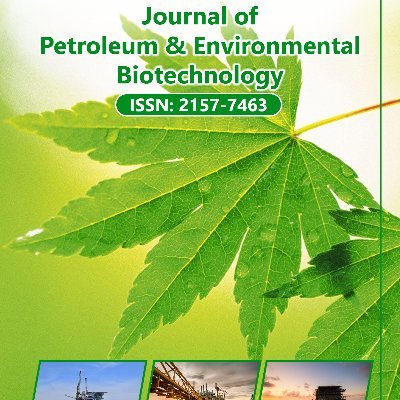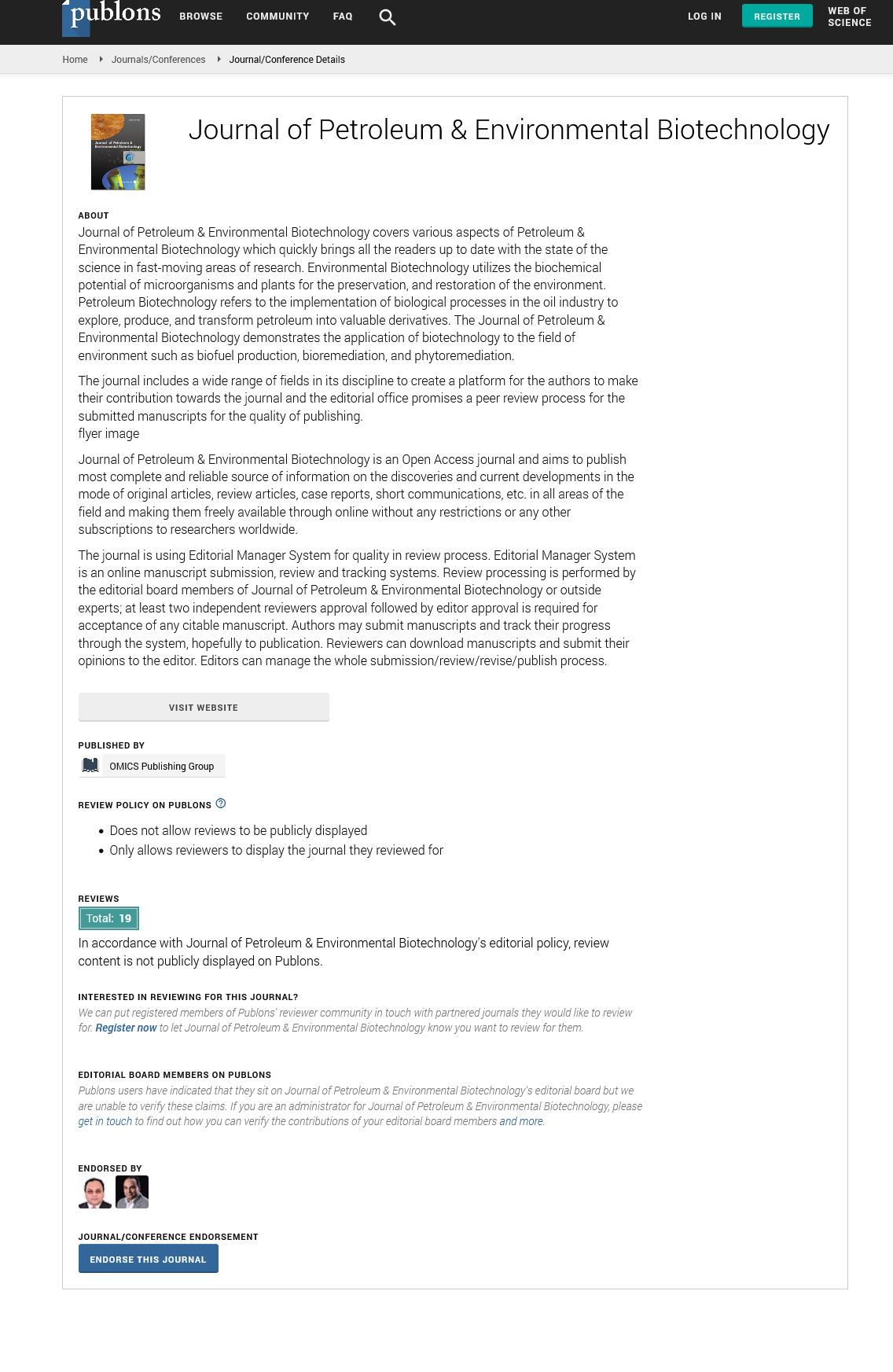Indexed In
- Open J Gate
- Genamics JournalSeek
- JournalTOCs
- China National Knowledge Infrastructure (CNKI)
- Electronic Journals Library
- RefSeek
- Hamdard University
- EBSCO A-Z
- OCLC- WorldCat
- SWB online catalog
- Virtual Library of Biology (vifabio)
- Publons
- MIAR
- Euro Pub
- Google Scholar
Useful Links
Share This Page
Journal Flyer

Open Access Journals
- Agri and Aquaculture
- Biochemistry
- Bioinformatics & Systems Biology
- Business & Management
- Chemistry
- Clinical Sciences
- Engineering
- Food & Nutrition
- General Science
- Genetics & Molecular Biology
- Immunology & Microbiology
- Medical Sciences
- Neuroscience & Psychology
- Nursing & Health Care
- Pharmaceutical Sciences
The Raman micro-spectroscopic analysis - Possibilities of application in the geological material
2nd International Conference and Expo on Oil and Gas
October 27-28, 2016 Rome, Italy
Katarzyna JarmoŇ?owicz-Szulc
Polish Geological Institute ‚?? National Research Institute, Poland
Posters & Accepted Abstracts: J Pet Environ Biotechnol
Abstract:
The basement for the Raman spectroscopy is that photons of a single wavelength are focused onto a sample. Laser beam may be used as a powerful monochromatic source. The photons interact with the molecules and are either reflected, absorbed or scattered. The Raman spectroscopy deals with the inelastically scattered photons. This effect was first described by Chandrasekhara Raman in 1922. With Raman scattering, the incident photon interacts with matter (in the present case-with the geological material studied) and its wavelength is either lower or higher shifted (red or blue shifted, respectively). Using the Raman microspectrometer equipped with an optical microscope, the spectra of microscopic samples and/or microscopic areas (e.g., fluid inclusions) may be acquired. The advantages of the Raman microscopy use may be presented on the examples of mineral samples from the Western Carpathians (containing gas fluid inclusions), and rock samples from the central part of Poland (rich in the organic matter) as well as on the vein quartz from the Sudetes in Poland.

